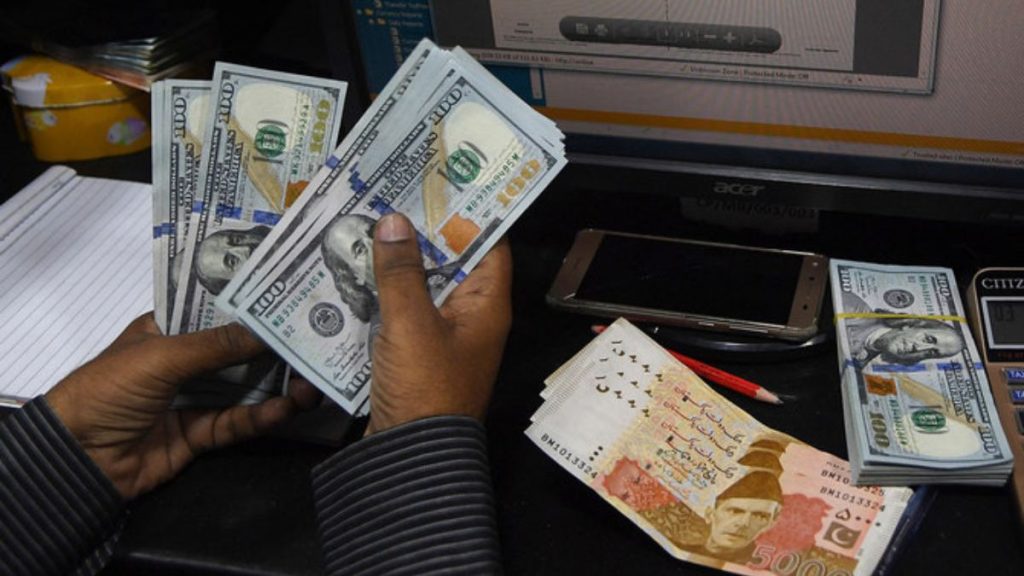For the first time in over three years, Pakistan’s total liquid foreign exchange reserves have climbed past the crucial $20 billion mark, signaling a significant turn toward improved macroeconomic stability. As of July 4, 2025, the reserves rose sharply to $20.03 billion a remarkable milestone driven by substantial official inflows and bolstered by both central bank and commercial bank holdings.
The State Bank of Pakistan (SBP) saw its reserves swell to $14.5 billion, while the remaining $5.53 billion was held by commercial banks. This dual rise reflects stronger external financing, better fiscal management, and a successful push to rebuild economic buffers that had previously dwindled to unsustainably low levels.
A big part of this rebound came from robust official inflows possibly from foreign lenders, IMF support, or strategic bilateral assistance pushing SBP reserves up by about $1.77 billion in a single week. Together with commercial bank inflows of $163 million, this has infused much-needed liquidity into Pakistan’s financial system, enhancing the country’s ability to weather global economic shocks.
Beyond just the headline number, this reserves resurgence carries deeper economic significance. With over two and a half months of import cover, Pakistan has moved away from a prolonged phase of import-related vulnerability where reserves barely covered essentials and is now navigating toward greater confidence and resilience.
The implications resonate across the economy: stable reserves help calm exchange rate volatility, reduce debt refinancing risks, and support investor sentiment. They also provide policymakers with breathing room to continue market-friendly economic reforms and accommodate foreign exchange demands without resorting to emergency financing.
Deputy Prime Minister Bilal Azhar Kayani emphasized during a recent address that this upswing reflects broader progress in macroeconomic stabilization. He highlighted falling inflation and policy interest rates, alongside reforms such as tariff rationalization and enhanced digital tax systems factors contributing to both forex strength and long-term economic recovery.
As Pakistan navigates a volatile global environment, the reserves milestone underscores a turning point. While not a solution for all economic challenges, it offers a critical fiscal cushion and renewed credibility. Sustaining this trajectory will depend on continuing structural reforms, export diversification, and responsible financial governance.
In essence, surpassing the $20 billion mark is not just a number it’s a symbol of renewed stability, renewed confidence, and the potential for sustained economic healing.



Comments (0)
No comments yet. Be the first to comment!
Leave a Comment